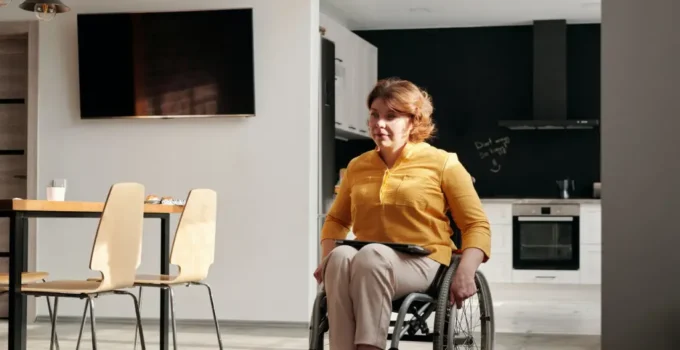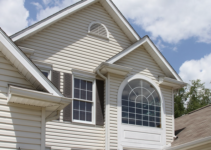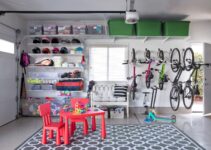If you have a disability (or are living with a disabled family member), chances are you would have modified your home to some extent to make it safer and easier to move around in.
Indeed, home adaptations can enhance the simplicity and safety of everyday routines for a disabled person. It also allows one to continue living in the comfort of their own home instead of moving to a residential home care or a hospice, which is why it is the preferred route of many even though it can be rather costly to carry out the modifications.
While there are different ways to adapt a home for disability purposes, here are 5 of the most common home modifications for the disabled person:
1. Widening doorways and installing an outdoor ramp
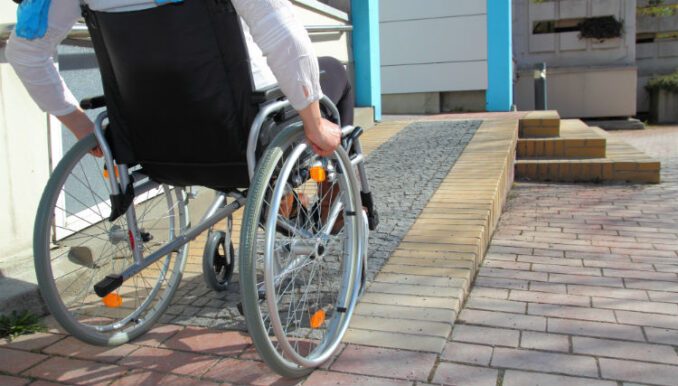
Source:agingcare.com
This is perhaps the very first thing that came to mind when it comes to home adaptation.
On the surface, this may seem to be a feature meant for wheelchair users. Indeed, a wider door allows for enhanced wheelchair access but even if you don’t have a wheelchair user in your home, wider doorways make it easier for a carer to assist a disabled person getting in and out of different rooms (especially the bathroom). S/he can hold them right by their side, giving the support they need to ensure they are safe and secured.
It is not just limited to doorways only – the path leading to the front door and parking space should be widened too to allow easy accessibility. Speaking of which, it is highly recommended that you install an outdoor ramp and remove any steps leading to the front door where possible. A larger parking area allows one to provide support to an elderly or disabled family member when getting in and out of the car.
2. Kitchen worktops and shelves accessibility (adjustable height or pull-out style)
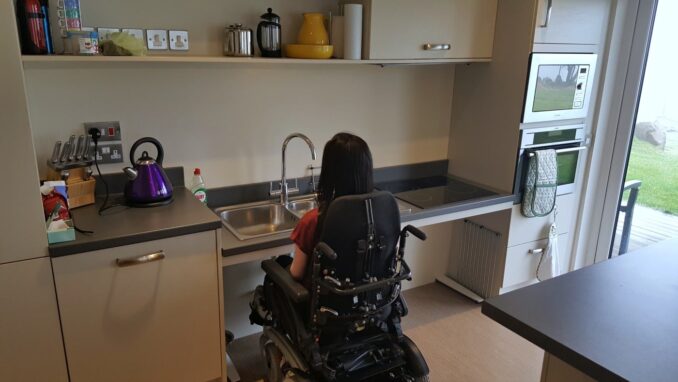
Source:bestonlinecabinets.com
If a person with disability is to live as independently as possible at home, one must definitely consider the height of kitchen worktops and shelves accessibility.
A lower benchtop will be necessary for a wheelchair-bound person while changing all shelves into pull-out styles will make it easier for them to access things without being dependent on anyone. We suggest having all worktops height adjustable so that even if you have engaged an in-home carer, they can still work comfortably.
With modifications as such, not only will it help disable people maintain their dignity, it also enables them to live independently to a very large extent.
3. Stairlift installation / fitting a banister on stairs
Needless to say, if you have a family member with mobility issues, installing a stairlift will make going up and down the house so much easier.
Otherwise, have banisters fitted on the stairs at the very least to help them climb the stairs securely. When doing so, it is recommended that the hand rails be extended beyond the first and last step as this gives a visual about the stairs without tripping on the steps. This is particularly helpful if you have someone with visual impairment around the house.
4. Bathroom modifications
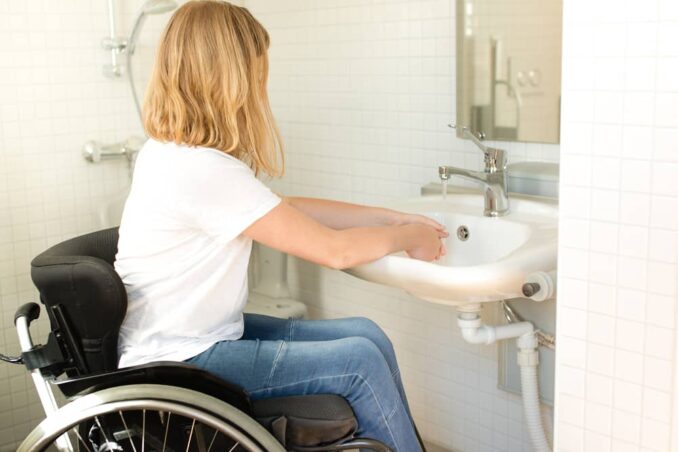
Source:udservices.com
Bathrooms may be the space that requires the most modifications out of all rooms in a house. This is because it is a high-risk area, what’s with water and slippery surfaces.
Remove all floor tiles if they are of a glossy finish. Instead, install skid-proof or slip-resistant flooring as an accidental slip may prove disastrous for any individual, more so for the disabled.
To allow a person with disability retain as much independence as possible in an area that is arguably one of the most private, adding a hoist or installing grab rails to the bath should be done to help with getting in and out of the bath. Of course, install a walk-in shower if you can – it is much easier to access compared to a bathtub.
5. Knobs and switches
Every detail has to be considered when adapting a home for the disabled. This includes something as small as changing out all door knobs to lever handles. The latter is much easier to operate as you can use just your elbow to open the door, which is particularly useful for a person with arthritic or dexterity problems.
On the same note, changing out all switches to two-way ones make it more convenient for a disabled person. They can switch on the lights at the entrance to light up the room, then switch it off by their bed without the need to get up at all.
It is small things like these that make life easier for a disabled person and ultimately, make living at home still a possibility. When every aspect is taken care of around the house, they do not have to go to a residential house (or the equivalent) as their safety and wellness are well assured.
Funding for Your Home Adaptation
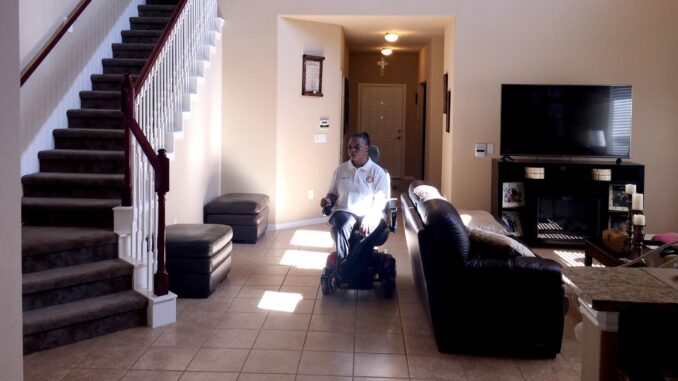
Source:eparent.com
As mentioned in the beginning of this article, adapting a home for the disabled can be rather costly. However, it is an inevitable step to take if you are to make your home suitable for a disabled person.
Fortunately, there are funding options available that help ease the burden. The NDIS is one such avenue – if you are a participant to the program, the NDIS may fund reasonable and necessary supports that are related or incidental to home modifications so you can get the required work done around your house.
The funding does not stop there. From domestic care and support to daily personal activities and life skills, you can get personalised support services that are funded by the NDIS to help achieve your goals and improve your life quality. For more details check out https://absolutecarehealth.com.au/government-funded-care/ndis/.
So, make full use of the NDIS program. Start by adapting your home – it will improve your physical safety and mental health in the long term, definitely cost effective and worth every penny!


